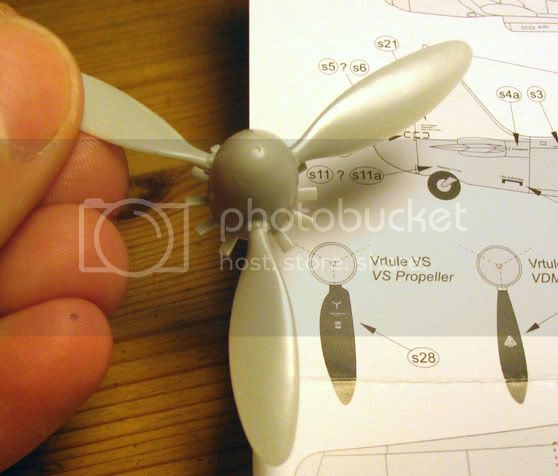I'm building this as a fun quick project before the annual finnish model expo later this month (22.-24.4) so I'll experiment with panel line washes and maybe a little with weathering.
One thing I can't work out is that how should I paint my bird. The instructions show a scheme of white on the upper surfaces + some patches of light grey and light grey in the lower surfaces.
But after searching for info on the internet I found out that the winter camouflage was all-over white. Also, the osprey's book "Focke Wulf Fw190 Aces of the Russian front" has a drawing of this particular fighter and the text says it had a white winter camouflage.
Am I doing something wrong if I just paint the whole thing white plus the yellow eastern front bands?
I don't have an airbrush so I don't try painting the normal camouflage scheme underneath the white paint. Additionally, I'll make this a clean one with little weathering.
I'll be grateful if you luftwaffe expert can help me out.

























 The background shows the instructions of a Tallyho! Decals stencil set. What type is this prop? Looks like a VS prop to me.
The background shows the instructions of a Tallyho! Decals stencil set. What type is this prop? Looks like a VS prop to me.






